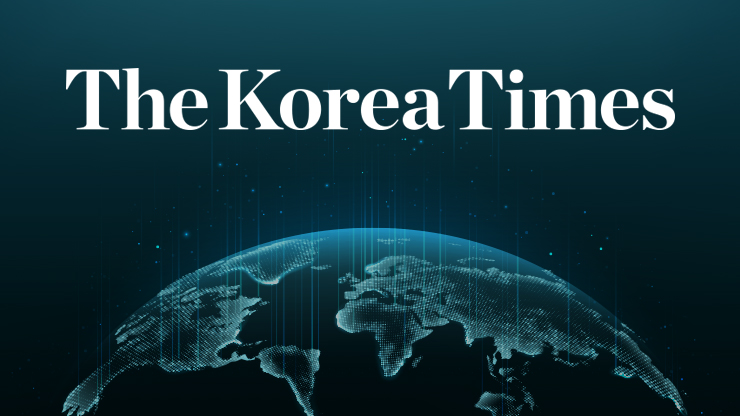© Khumaer.us
A wake-up call for Korea to beef up semiconductor industry
In a dramatic shift, China has overtaken Korea in nearly every major area of semiconductor technology, a change that was starkly evident in a recent survey conducted by the Korea Institute of S&T Evaluation and Planning (KISTEP). This survey, which canvassed 39 experts, highlighted China’s ascent in key chip sectors, leaving Korea trailing behind in areas that were once its strength. China’s growing dominance in the semiconductor industry has profound implications not only for Korea but also for the global chip market at large.
The KISTEP survey revealed that China now leads in high-intensity and resistance-based memory technology, scoring 94.1 percent in comparison to Korea’s 90.9 percent, with the world’s highest tech level set at a benchmark of 100 percent. Furthermore, Korea also lags behind China in the field of high-performance, low-power artificial intelligence (AI) chips, scoring 84.1 percent compared to China’s 88.3 percent. This is a sharp reversal from 2022, when Korea had outpaced China in these same technologies. What has changed in just two years?
China’s leap forward can be attributed to its deliberate and sustained efforts to nurture its semiconductor industry over the past decade. Through an aggressive, chip-centric policy, China has poured over 224 trillion won ($156.7 billion) into boosting its semiconductor capabilities. This concerted effort, supported by the Chinese government, has paid off in the form of technological advancements that have seen China surpass Korea and pose a direct challenge to Korea’s once-dominant position in the global semiconductor market.
One of the clearest indicators of China’s growing influence in the sector is the International Solid-State Circuits Conference (ISSCC), a global authority on semiconductor research. For the third consecutive year, China led the world in the number of research papers adopted at the conference, with 92 papers from Chinese researchers, compared to 55 from the United States, 44 from Korea and 20 from Taiwan. This consistent dominance reflects China’s commitment to staying ahead of the curve and expanding its footprint in the global semiconductor market. Companies like CXMT and YMTC in memory chips and SMIC in the foundry sector have been threatening Korea’s position, signaling that the competition is only intensifying.
In stark contrast, Korea has faltered. The lack of significant technological advancements, combined with a sluggish pace of innovation, has left Korea in a vulnerable position. This stagnation can be attributed, in part, to a lack of government support and legislative action. The Korean National Assembly has been criticized for its failure to pass the K-Chips Act, a crucial piece of legislation that would have provided semiconductor firms with an exemption from the 52-hour workweek regulation, a necessary measure to remain competitive in an industry that demands constant innovation and long hours.
The absence of meaningful support from the government has compounded the challenges facing Korea’s semiconductor industry. While China has consistently invested heavily in its domestic chip industry, Korea has been unable to keep pace, often relying on its position as the world’s largest producer of nonmemory chips without pushing for cutting-edge breakthroughs. The failure to prioritize and invest in next-generation semiconductor technologies has left Korea vulnerable to China’s growing dominance.
Additionally, the legal environment in Korea has proven to be a weak point. Critics have pointed out that courts have been too lenient when dealing with those accused of stealing or leaking semiconductor technologies. In some cases, Chinese companies have successfully recruited Korean experts with lucrative offers, leading to the theft of valuable intellectual property. These legal loopholes have allowed China to capitalize on Korea’s technological expertise, contributing further to the shifting balance of power in the semiconductor industry.
The mounting pressures of trade sanctions, particularly from the United States during the Donald Trump administration, also pose a significant threat to Korea’s chipmakers. The protectionist policies and tariffs have complicated the global semiconductor landscape, adding another layer of uncertainty to Korea’s already precarious position. In the face of these challenges, it has become clear that technological innovation is the only viable solution to reclaiming Korea’s competitive edge.
To address these growing concerns, both the government and the private sector must take decisive action. The government must proactively support the semiconductor industry, not only by passing crucial legislation but also by offering incentives and resources to spur innovation. On the corporate side, semiconductor firms must double down on efforts to develop cutting-edge technologies and adopt a forward-thinking approach that prioritizes research and development.
China’s rise in semiconductor technology serves as a wake-up call for Korea. Korea can no longer afford to rest on its laurels. To remain competitive in this high-stakes global industry, Korea must accelerate its technological innovation, supported by robust government policies and private-sector initiatives. Only through such efforts can Korea hope to reclaim its position as a leader in the semiconductor world and secure its future in an increasingly competitive global market.
Images are for reference only.Images and contents gathered automatic from google or 3rd party sources.All rights on the images and contents are with their legal original owners.

